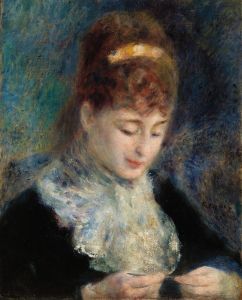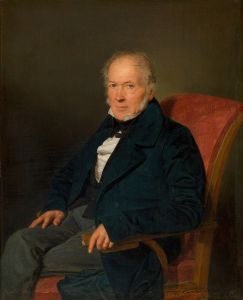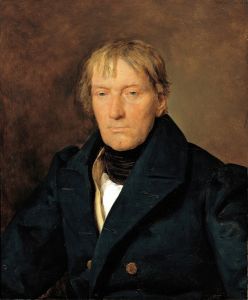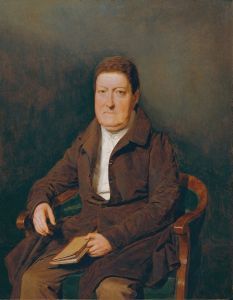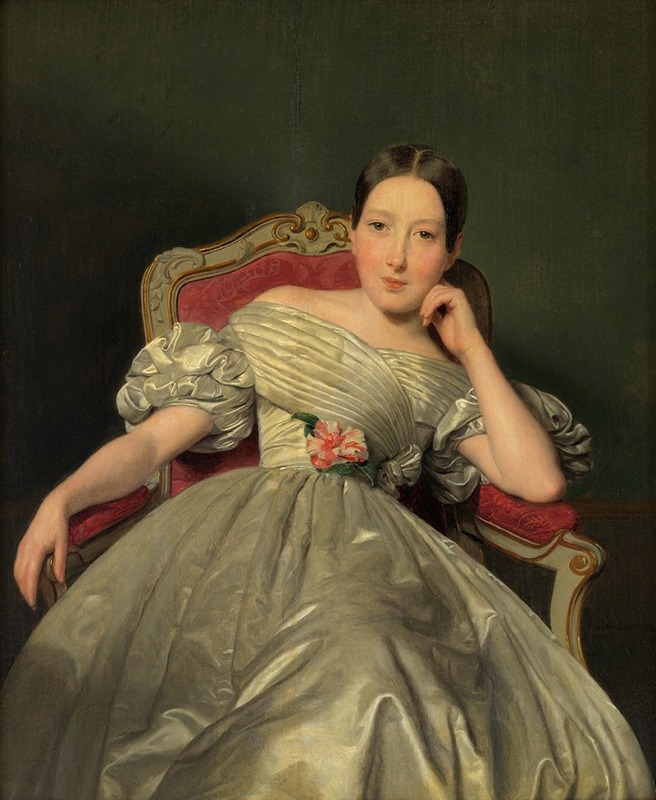
Sitzendes Mädchen in weißem Atlaskleid
A hand-painted replica of Ferdinand Georg Waldmüller’s masterpiece Sitzendes Mädchen in weißem Atlaskleid, meticulously crafted by professional artists to capture the true essence of the original. Each piece is created with museum-quality canvas and rare mineral pigments, carefully painted by experienced artists with delicate brushstrokes and rich, layered colors to perfectly recreate the texture of the original artwork. Unlike machine-printed reproductions, this hand-painted version brings the painting to life, infused with the artist’s emotions and skill in every stroke. Whether for personal collection or home decoration, it instantly elevates the artistic atmosphere of any space.
Ferdinand Georg Waldmüller was an Austrian painter renowned for his contribution to the Biedermeier period, a time characterized by a focus on realism and detail in art. One of his notable works is "Sitzendes Mädchen in weißem Atlaskleid," which translates to "Seated Girl in a White Satin Dress." This painting exemplifies Waldmüller's skill in capturing the intricacies of fabric and the subtleties of human expression, hallmarks of his artistic style.
Waldmüller was born in Vienna in 1793 and became one of the most prominent figures in Austrian art during the 19th century. His works often depicted everyday scenes and portraits, reflecting the Biedermeier period's emphasis on domesticity and the middle-class lifestyle. "Sitzendes Mädchen in weißem Atlaskleid" fits within this context, showcasing a young girl seated, adorned in a white satin dress. The choice of satin, a luxurious fabric, highlights Waldmüller's attention to detail and his ability to render textures with precision.
The painting is celebrated for its realistic portrayal and the delicate interplay of light and shadow, which brings the subject to life. Waldmüller's mastery in using light to enhance the three-dimensionality of his subjects is evident in this work. The girl's serene expression and the meticulous depiction of her attire suggest a moment of quiet introspection, a common theme in Waldmüller's portraits.
Waldmüller's career was marked by his dedication to realism and his innovative approach to capturing the natural world. He was a professor at the Academy of Fine Arts in Vienna, where he influenced a generation of artists with his teachings on observation and the importance of painting from life. His works, including "Sitzendes Mädchen in weißem Atlaskleid," are considered significant contributions to the development of 19th-century European art.
The painting is part of a broader body of work that illustrates Waldmüller's fascination with the interplay between human subjects and their environments. His portraits often convey a sense of intimacy and immediacy, inviting viewers to engage with the depicted individuals on a personal level. This approach was somewhat revolutionary for its time, as it moved away from the more formal and idealized portraits of earlier periods.
"Sitzendes Mädchen in weißem Atlaskleid" is a testament to Waldmüller's ability to capture the essence of his subjects with empathy and precision. The painting not only reflects the aesthetic values of the Biedermeier period but also Waldmüller's personal artistic vision, which sought to elevate everyday moments to the realm of fine art.
Today, Waldmüller's works are held in high regard and can be found in major art collections and museums around the world. They continue to be studied for their technical brilliance and their insightful portrayal of 19th-century life. "Sitzendes Mädchen in weißem Atlaskleid" remains a fine example of Waldmüller's legacy, demonstrating his profound impact on the art world and his enduring influence on the depiction of realism in portraiture.








